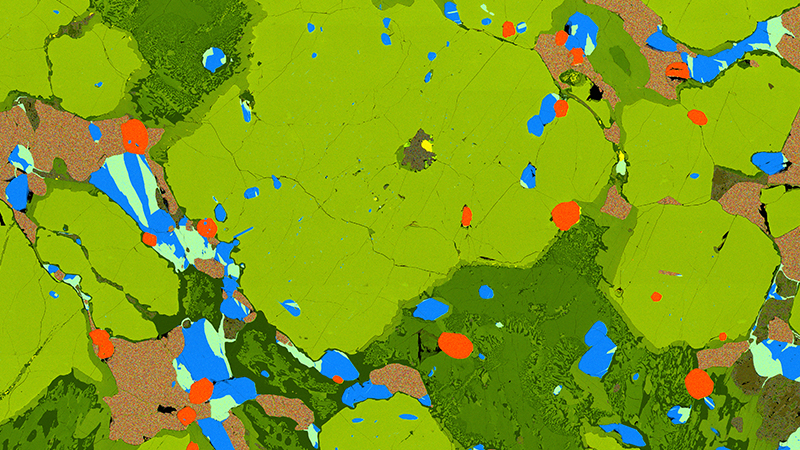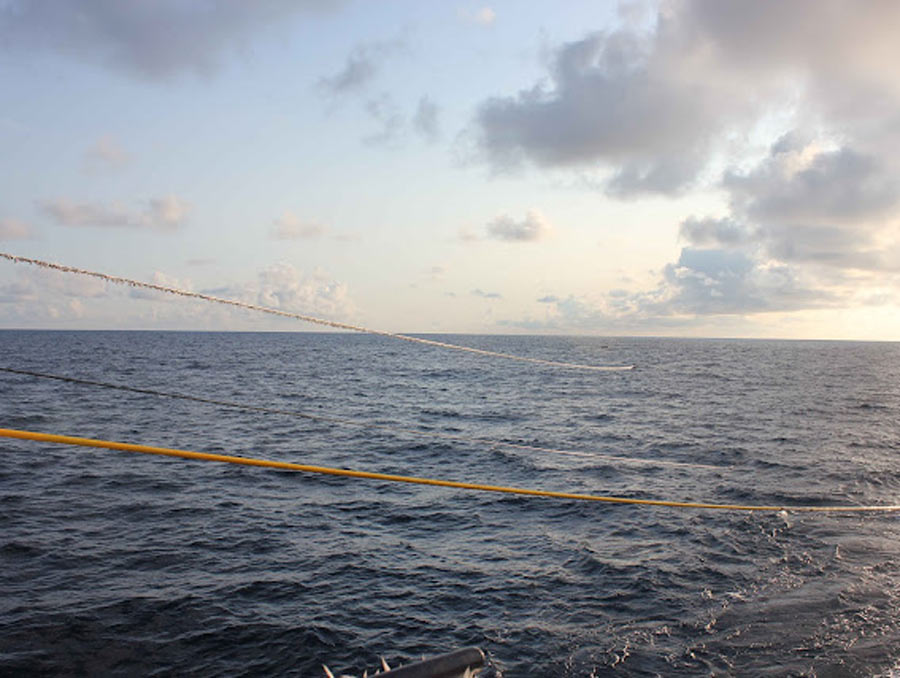Under the microscope
Established in 2015, the Mackay School of Earth Sciences and Engineering Microbeam Laboratory houses various state-of-the-art instruments for use by researchers at the University of Nevada, Reno and beyond.
Learn about available instruments
Recent news from the Mackay School

ALERTWildfire partners with Liberty Utilities to enhance fire camera coverage in Tahoe
Liberty sponsoring camera maintenance and repairs

Scientists unearth clues to understand what made the 2011 tsunami in Japan so massive
Geologists studied drill cores from a fault zone off the coast of Japan

Scientists capture elusive imagery of volcano’s inner workings
Researchers suggest new volcanic formation processes and publish images of the volcano in Nature